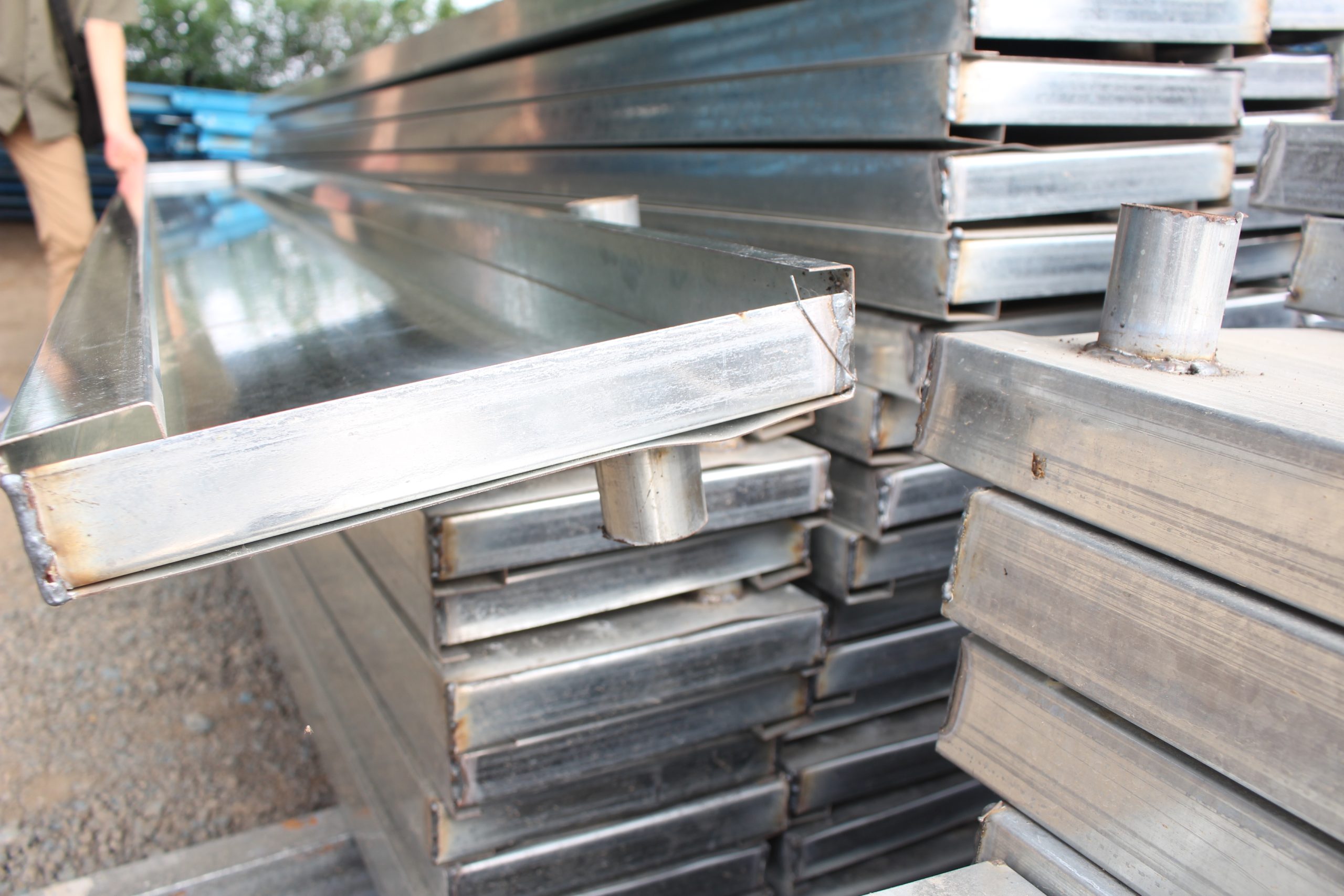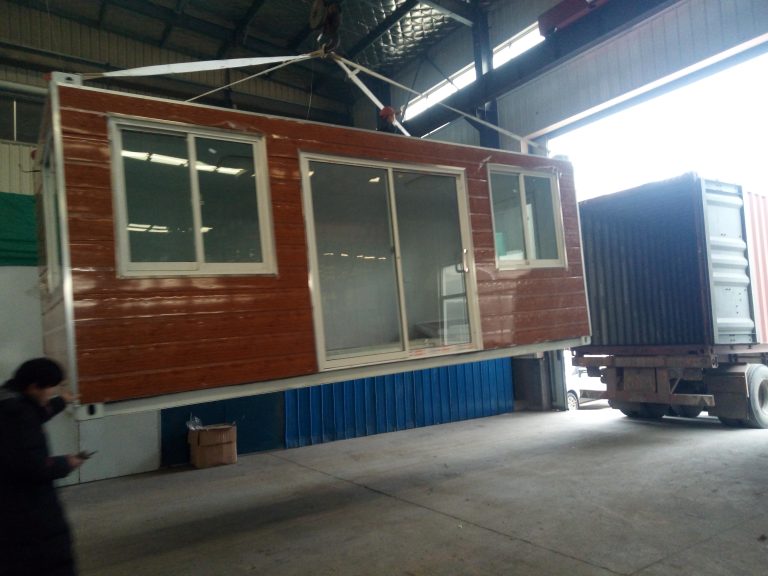Analysis of the overall stability of steel structure livestock greenhouses
Table of Contents
Benefits of Conducting a Structural Analysis on Steel Structure Livestock Greenhouses
Steel structure livestock greenhouses are a popular choice for farmers looking to provide a controlled environment for their animals. These structures offer numerous benefits, including increased productivity, improved animal welfare, and reduced environmental impact. However, in order to ensure the safety and longevity of these buildings, it is essential to conduct a thorough structural analysis.
One of the key benefits of conducting a structural analysis on steel structure livestock greenhouses is the ability to identify potential weaknesses or vulnerabilities in the design. By analyzing the load-bearing capacity of the structure, engineers can determine whether the building is capable of withstanding the forces it will be subjected to, such as wind, snow, and the weight of the animals inside. This information is crucial for ensuring the safety of both the animals and the workers who will be using the facility.
In addition to identifying potential weaknesses, a structural analysis can also help to optimize the design of the greenhouse. By analyzing the distribution of forces within the structure, engineers can make adjustments to improve its overall stability and efficiency. This can lead to cost savings in the long run, as a well-designed greenhouse will require less maintenance and repairs over time.
Another benefit of conducting a structural analysis is the ability to ensure compliance with building codes and regulations. In many jurisdictions, steel structure livestock greenhouses are subject to strict guidelines regarding their design and construction. By conducting a thorough analysis, farmers can ensure that their greenhouse meets all necessary requirements, reducing the risk of fines or penalties for non-compliance.
Furthermore, a structural analysis can help to extend the lifespan of the greenhouse. By identifying potential weaknesses early on, engineers can make recommendations for strengthening the structure or making other improvements to increase its durability. This can help to prevent costly repairs or replacements down the line, saving farmers both time and money in the long term.
Overall, the benefits of conducting a structural analysis on steel structure livestock greenhouses are clear. By identifying weaknesses, optimizing design, ensuring compliance with regulations, and extending the lifespan of the building, farmers can ensure the safety and productivity of their animals while also reducing their environmental impact. In conclusion, a thorough structural analysis is an essential step in the construction and maintenance of steel structure livestock greenhouses.
Factors Affecting the Overall Stability of Steel Structure Livestock Greenhouses
Steel structure livestock greenhouses are a popular choice for farmers looking to provide a controlled environment for their animals. These structures offer a number of benefits, including increased productivity, improved animal welfare, and reduced environmental impact. However, the overall stability of steel structure livestock greenhouses can be affected by a number of factors.
One of the key factors that can impact the stability of a steel structure livestock greenhouse is the design of the structure itself. The design of the greenhouse must take into account the weight of the animals, as well as any equipment or feed that will be stored inside. Additionally, the design must also consider factors such as wind and snow loads, as well as seismic activity in the area.
Another factor that can affect the stability of a steel structure livestock greenhouse is the quality of the materials used in its construction. Steel is a strong and durable material, but if it is not properly treated or maintained, it can be susceptible to corrosion and other forms of damage. It is important to use high-quality materials and to regularly inspect and maintain the structure to ensure its stability over time.

The location of the greenhouse can also impact its overall stability. Greenhouses located in areas prone to high winds or heavy snowfall may require additional bracing or reinforcement to ensure that they can withstand these conditions. Additionally, greenhouses located in seismic zones may need to be designed to withstand the forces associated with earthquakes.
Proper foundation design is another important factor in ensuring the stability of a steel structure livestock greenhouse. The foundation must be able to support the weight of the structure, as well as any additional loads that may be placed on it. It is important to work with a qualified engineer to design a foundation that is appropriate for the specific conditions of the site.
Regular maintenance and inspection are also key factors in ensuring the overall stability of a steel structure livestock greenhouse. Inspecting the structure for signs of damage or wear, such as rust or corrosion, can help to identify potential issues before they become serious. Additionally, regular maintenance, such as painting or treating the steel, can help to prolong the life of the structure and ensure its stability over time.
In conclusion, the overall stability of a steel structure livestock greenhouse can be affected by a number of factors, including design, materials, location, foundation design, and maintenance. By carefully considering these factors and taking appropriate measures to address them, farmers can ensure that their livestock greenhouses provide a safe and stable environment for their animals. Working with qualified engineers and regularly inspecting and maintaining the structure can help to prevent issues and ensure the long-term stability of the greenhouse.







